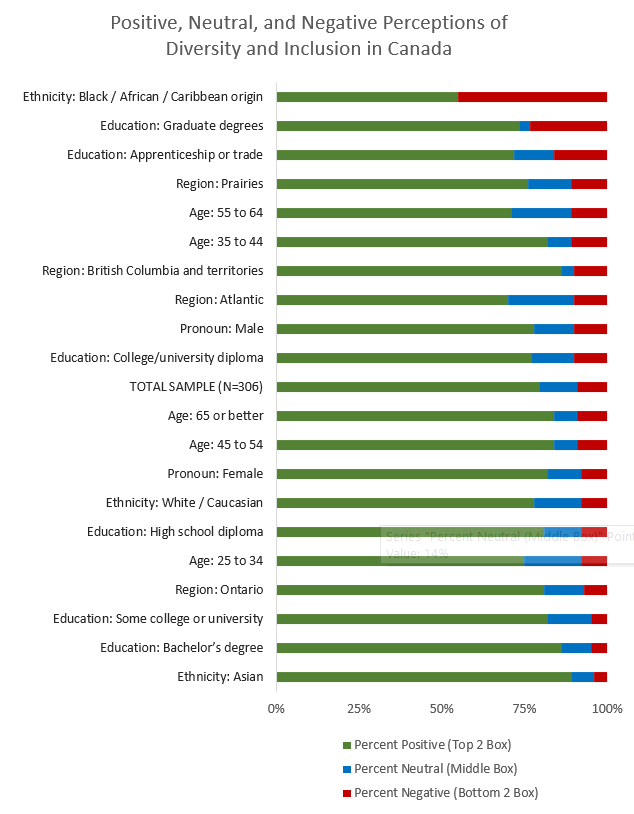Whether you conduct interviews, discussion boards, focus groups, shop-alongs, questionnaires, or something else, open-ended questions are the most powerful questions that researchers have in their toolbox. The value they generate is undeniable. Let’s work through some of the pros and cons of open-ended questions, and then consider some tips for building great questions.
Benefits of open-ended questions

- They acknowledge that everyone has different life experiences and can’t fit into one of 5 or 10 boxes, which inevitably miss the most relevant answer.
- They’re a good way to demonstrate that you genuinely care about a person’s opinion, and that you want to know about their whole experience.
- They can prompt a much broader discussion about a topic by addressing areas that can’t be covered in a fully standardized data collection process.
- They can lead to unexpected tangents and unexpected insights.
- They allow you to gather feedback from people in their own words which means their opinions and emotions aren’t slightly, or greatly, misconstrued by the phrasing of predetermined questions.
- They allow you to understand which words and phrases are more meaningful to people.
- They are excellent for gathering information about emotions, opinions, and attitudes.
- They give control of the situation back to the participant instead of always being in the hands of the researcher.
- They’re a great way to ensure you’re not leading people towards a specific answer.
- They create a learning opportunity for both the person answering the question, who must delve into the deepest corners of their mind to understand their own opinion, as well as the person asking the question.
Drawbacks of open-ended question
- Some people may not be willing to share detailed, more personal answers and will instead respond with extremely short answers that reveal little insight.
- While people are able to feel their emotion, not everyone is able to convert those emotions into written words.
- Though most people might be able to read (or listen to) a question, some people may have insufficient writing skills to choose words and formulate coherent sentences.
Tips for writing open-ended questions
- Phrase questions using the words what, where, and how.
- If the “question” doesn’t work well as a question, phrase it using words like “Tell me about,” “Describe,” or “Explain.”
- Consider giving more context such as a time frame, a specific situation, or a specific problem to increase the chances that people will share highly relevant opinions.
- Consider following up open-ended questions with a prompt like, “What else,” or “Tell me more.”
- Invite people to be creative with their answers. This will help them open up and understand that you’re looking for genuine answers not expected answers.
What to avoid when writing open-ended questions

- Avoid questions that start with words like “Do,” “Did,” “Are,” “Were,” “Which,” “When,” or “Will,” or “Would,” all of which can be answered with a yes or no. These are signals that you’re asking a closed-ended question.
- Avoid asking “Why” as this could compel people to create a rational reason for something that isn’t rational.
- Avoid questions that can be answered with facts. These types of questions might be better phrased as closed-ended questions.
- Avoid easy questions. If people don’t need to really think about their answers, perhaps this too could be a closed-ended question.
- Avoid using words in the question that convey an emotion. For instance, rather than asking “How do you like this,” instead ask, “How do you feel about this.”
Examples of good open-ended questions
- How do you want to feel when shopping at a grocery store?
- How would you describe your experience with the product?
- How did you choose that brand?
- How will this product impact your everyday experience at the gym?
- What challenges did you encounter using the product?
- What let you to buy that product last week?
- What are your top priorities when you shop at this store?
- Describe your experience at the store.
- Describe how this product could change how you get ready for work.
- Tell us how you think this product works.
- Explain what you expect to happen that product is used.
We’d be happy to help you work through some great open-ended questions for your next individual interviews, mystery shop, focus group, or questionnaire study. Please get in touch with us!
You might like to read these:
- Conducting research is easy… if you understand hundreds of cognitive biases!
- 9 Essential Checks for a Questionnaire Pilot Test
- Top 5 tips for writing a questionnaire people will want to answer
- What’s the Difference Between Percents, Percentage Points, Ratios, and Indexes?: A quick guide for users of market research reports




